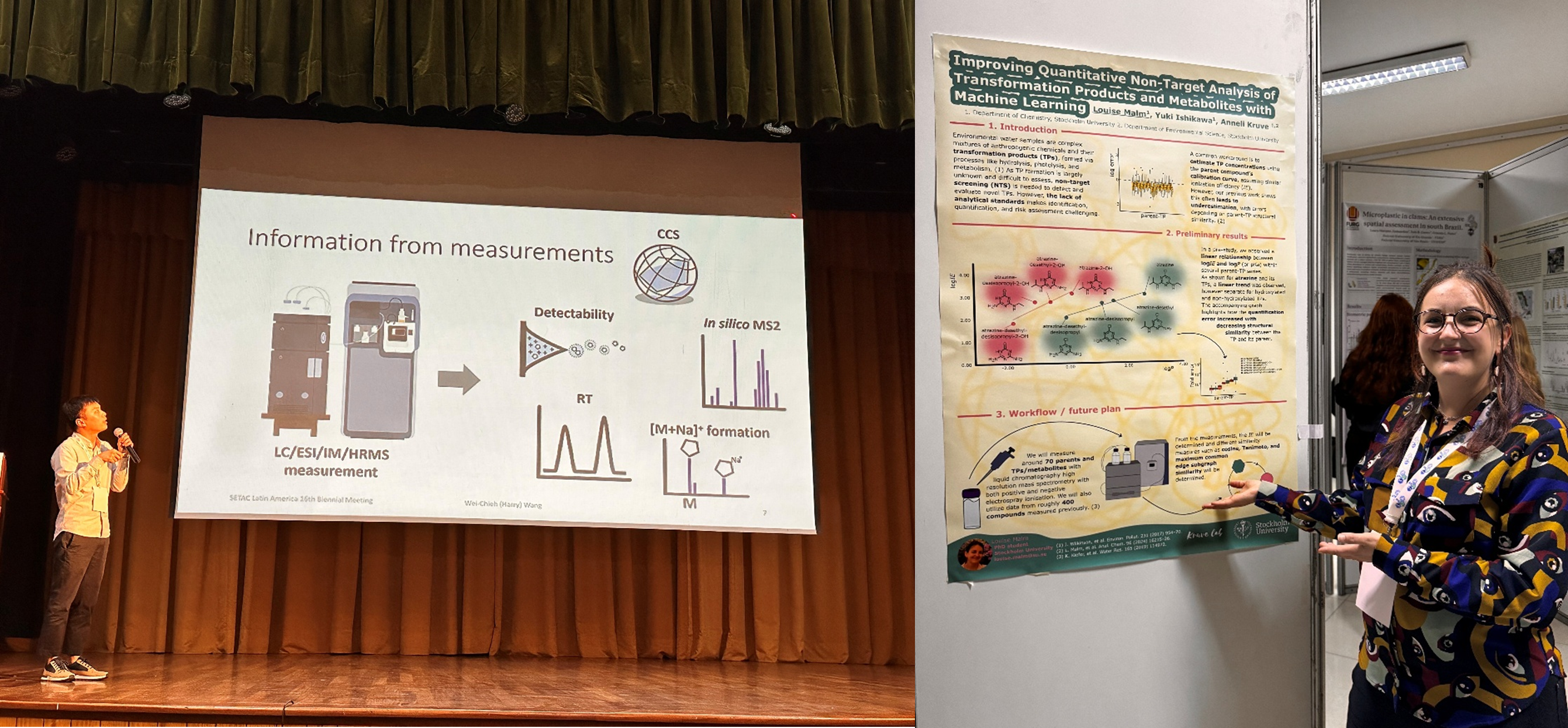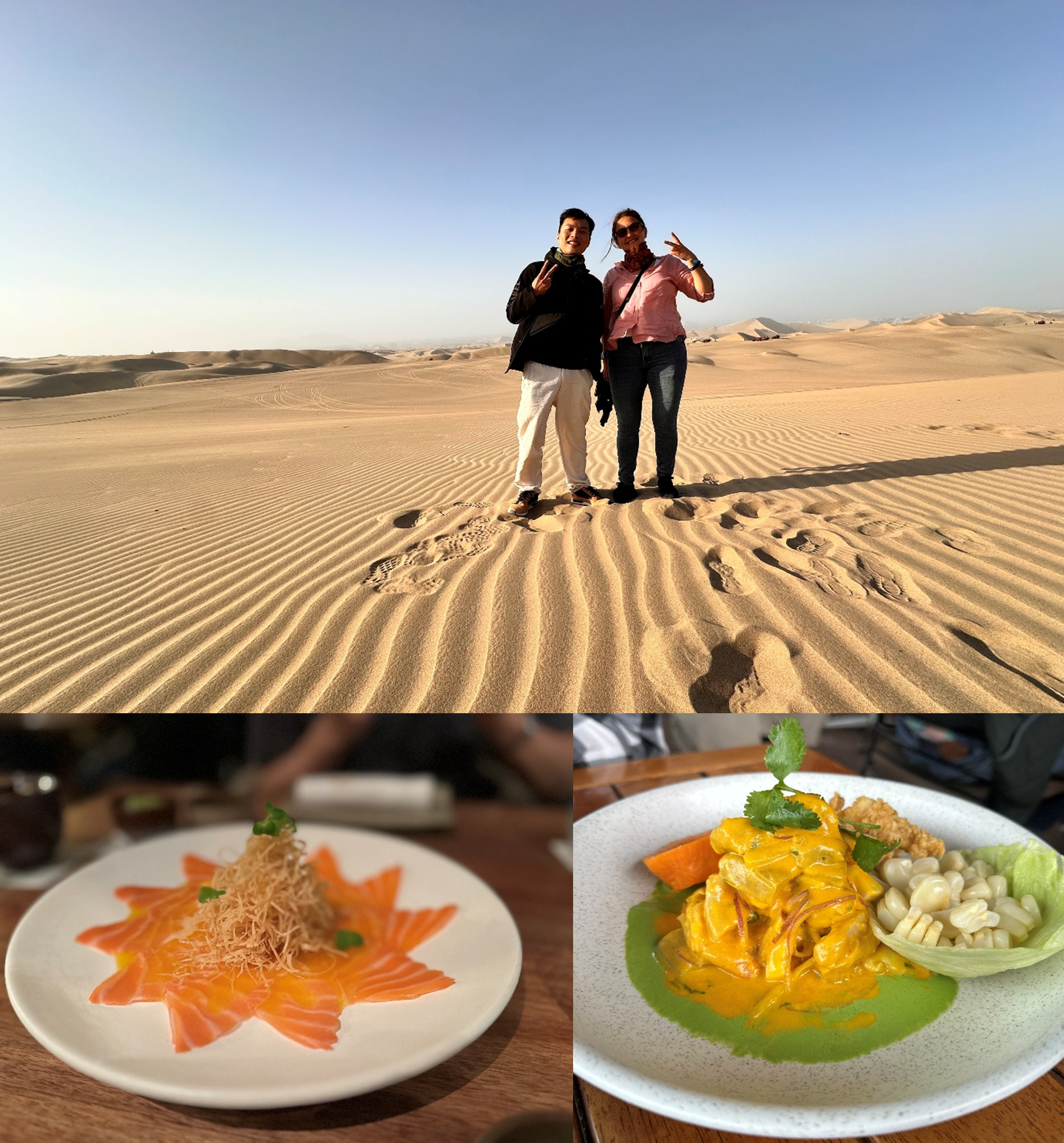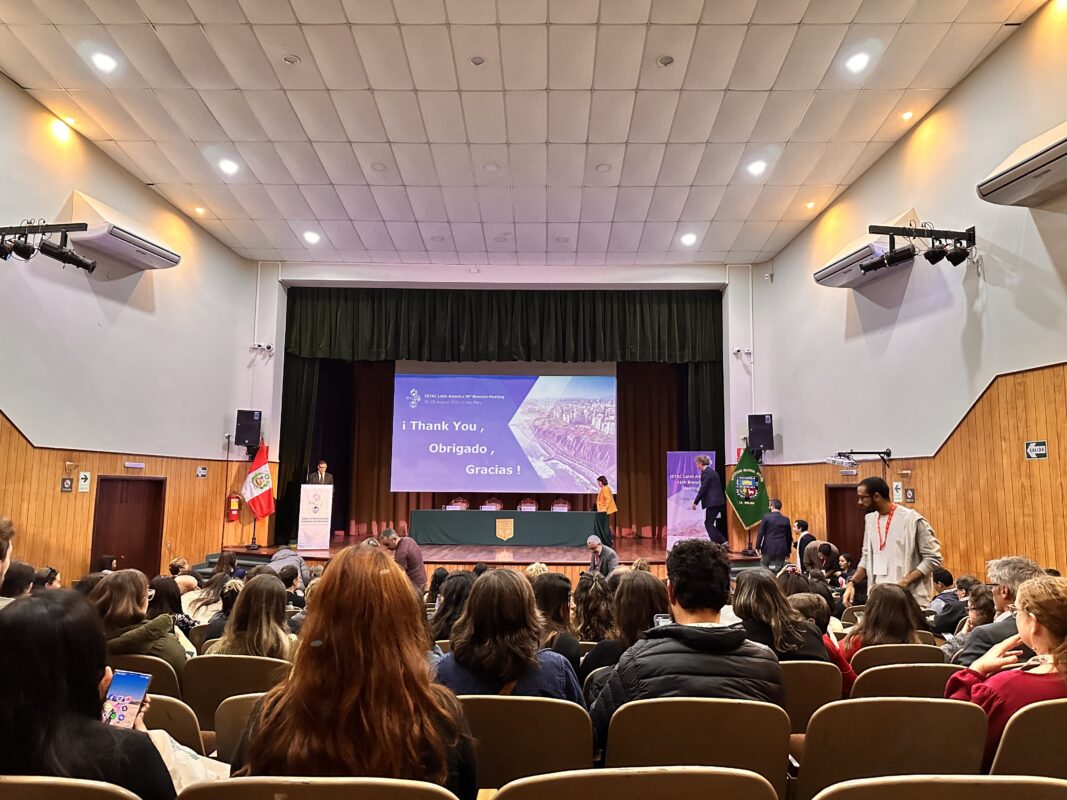In the last week of August, Louise and Harry attended the SETAC Latin America 16th Biennial Meeting in Lima, Peru. The conference started off on Tuesday, August 26 with professional training courses: Louise joined Environmental Risk Assessment for Regulatory Purposes, while Harry attended Green Toxicology: Harnessing Computational Toxicology and In Vitro Techniques for Sustainability. During the training course for green toxicology, the necessity of the engagement of artificial intelligence (AI) and machine learning in the current working method was clearly highlighted. The AI-assisted decision-making process is no doubt one of the solutions to approach more sustainable and green chemistry. The training course about risk assessment gave useful insights about how risk assessments are done in different regions.
Both of us also had the opportunity to share our research. Louise had a poster presentation on Wednesday, August 27, with the title Improving Quantitative Non-Target Analysis of Transformation Products and Metabolites with Machine Learning. In this work, we are aiming to compensate for differences in ionization efficiency between parent compounds and transformation products based on their structural similarity, and thereby improve the quantitative estimates of transformation products.
On Friday, August 29, Harry gave an oral presentation entitled Prioritizing Candidate Structures in Non-Targeted Liquid Chromatography/Electrospray Ionization/High-Resolution Mass Spectrometry Analysis by Combining Machine Learning Predictions. In the project, we would like to integrate other exclusive information from the measurement to support chemical annotation in non-targeted screening. Moreover, we believed that the annotation probability should be considered under uncertainty and confidence levels.

While we expected some talks in Spanish or Portuguese, more sessions than we anticipated were non-English. Despite the language barrier, the themes were clear: practical, field-driven studies, with many sessions focused on microplastics and a relatively small set of targeted analytes. This context reinforced that our approach—combining non-target analysis with machine learning—is highly relevant and helps push the field forward.
Outside of the conference, we had the chance to explore Lima and Peru a little bit. We went on an excursion where we visited Paracas, the Ica region, and the Huacachina oasis. We were also happy to experience and enjoy Lima’s fantastic food.



